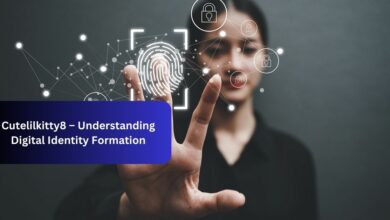Steps To Take When Writing a Secure Email

Writing a secure email involves several steps to enhance the message’s confidentiality, integrity, and authenticity.
Healthcare practices can work with professionals to identify their email security needs and implement the right features. Here are some steps to take when writing secure emails:
Implement Two-factor Authentication
Two-factor authentication safeguards the email process, allowing only authorized users to send messages from an account. Also known as 2FA, this feature requires someone to log in and verify their identity in two steps before opening emails.
The first step entails using your password to log in to the practice’s email account, while the second step involves entering a code sent to your phone or other personal device.
If you don’t have access to your mobile phone, your service provider will send the code or security question to your email.
The verification codes are time-sensitive, allowing you to use them within a short time and reduce the risks of cyber attacks. Professionals update the two-factor authentication regularly to keep up with the current security updates, allowing you to send emails safely.
Enable Encryption
Encryption allows you to secure emails by turning the message into a code that only the recipient can unlock. When you send an email, it goes through many networks, which hackers can then access and read the contents. With end-to-end encryption, clinics protect patient diagnoses, prescriptions, and treatment plans during transmission.
Training staff about end-to-end encryption practices and identifying security threats contribute to successful email transmissions. By performing audits on the encryption features, professionals manage any security risks or compliance issues. They can also update the software routinely to help your practice safeguard emails correctly.
Use Spam Filtering
Spam messages are a common way that hackers use to spread malware and phishing attacks. When you enable spam filtering, it moves unwanted emails to the spam folder or blocks them. By preventing these messages from reaching your inbox, employees won’t open malicious emails and compromise the system.
Some anti-spam features also detect and block emails containing malware or phishing attempts. The software scans emails based on specific phrases or attachments contributing to malware. With phishing protection, your medical practice can be safe from cybercriminals that steal login information.
Verify Details Before Sending
To avoid sending emails to the incorrect recipient, double-check the address to lower the risk of exposing confidential details. By applying digital signatures before sending emails, employees can create a fingerprint. Recipients can verify this fingerprint upon receipt to determine that the information has not been altered during transmission.
Email solutions with data loss prevention (DLP) tools scan email attachments for credit card information or social security numbers. If it detects such delicate information, it notifies you to review the email and make changes before sending it. DLP solutions generate comprehensive reports and dashboards to help your clinic identify and manage security risks.
Secure Emails With Reputable Email Providers
To secure emails within your clinic, choose an email provider that implements spam filtering, end-to-end encryption, and two-factor authentication. These professionals can assess your emails and suggest the right features to enhance security in your communication channel. If you’re interested in safeguarding your messages, find reputable email providers today.



